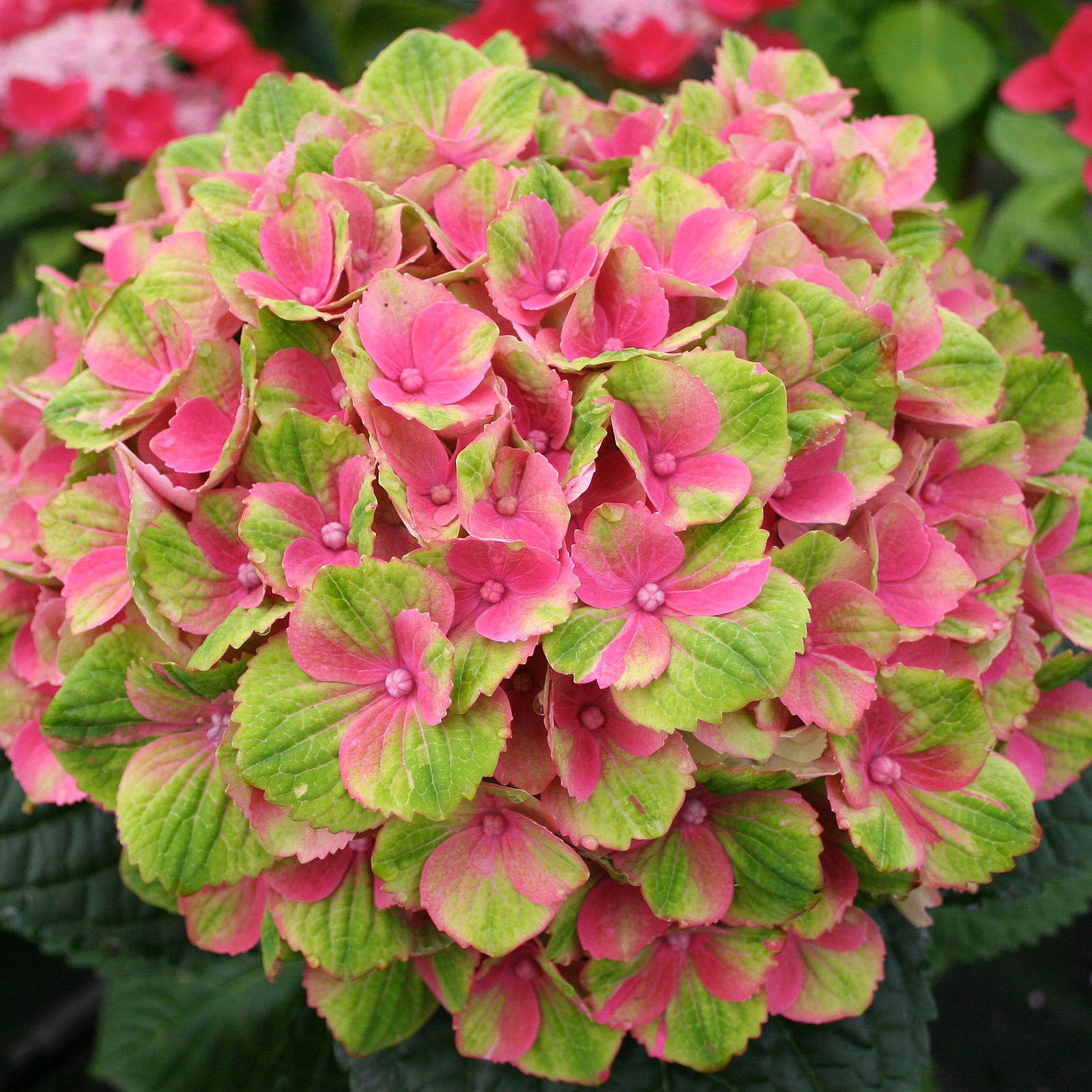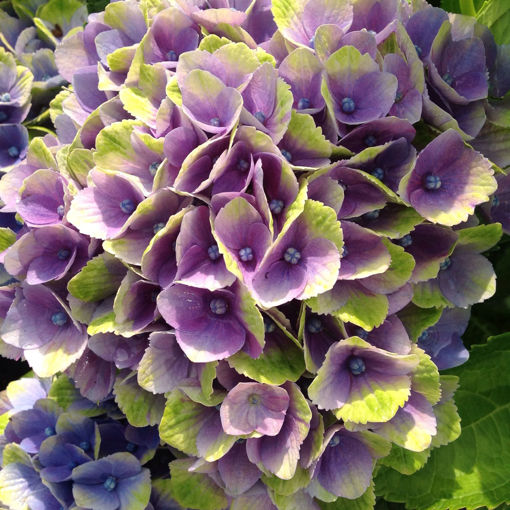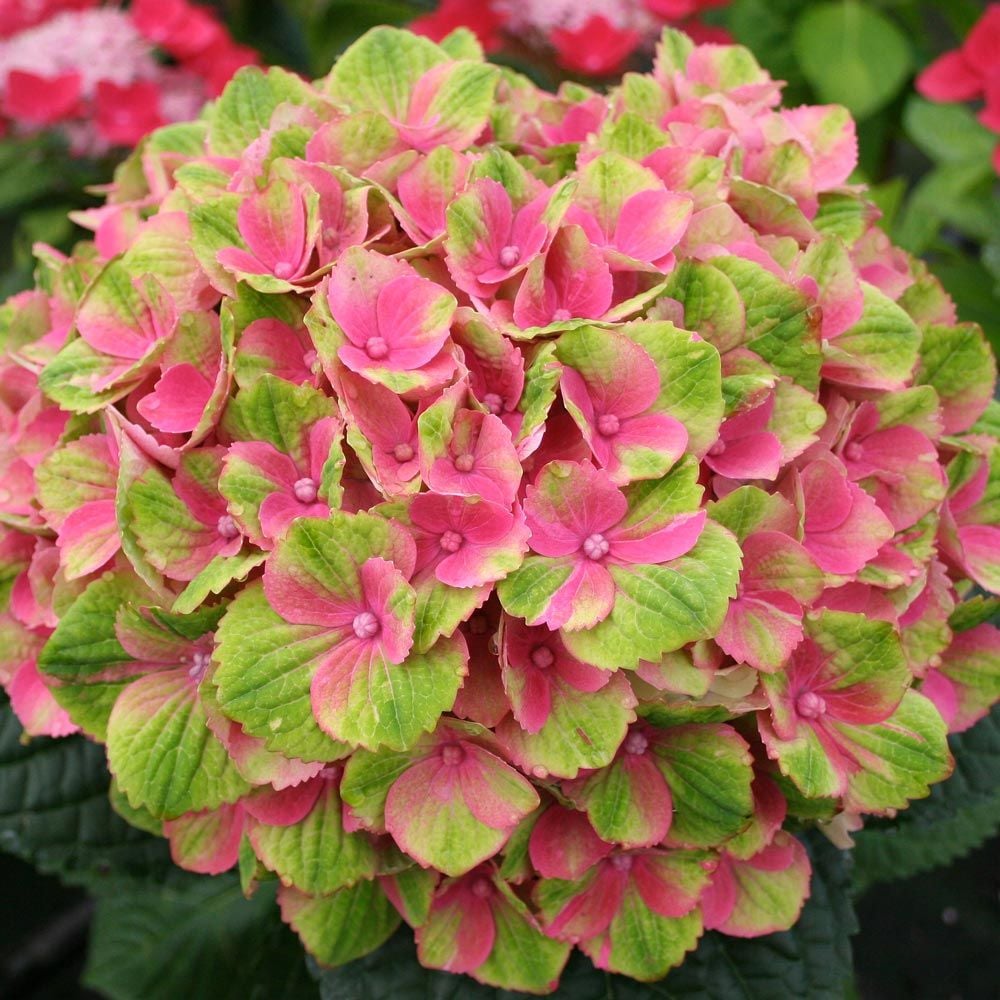The Stunning Hydrangea Amethyst: Everything You Need To Know
The Stunning Hydrangea Amethyst: Everything You Need to Know
Hydrangea amethyst is a beautiful flowering shrub that is known for its deep purple blooms. It is a relatively new variety of hydrangea, first introduced in Japan in the early 2000s. Hydrangea amethyst has quickly become a popular choice for gardeners, thanks to its stunning flowers and relatively easy care requirements.
In this blog post, we will discuss everything you need to know about hydrangea amethyst, including its history, appearance, care requirements, and propagation. We will also provide some tips on how to best showcase this stunning shrub in your garden.
History of Hydrangea Amethyst
Hydrangea amethyst is a hybrid variety of hydrangea that was first bred in Japan in the early 2000s. It is a cross between two other hydrangea varieties, Hydrangea macrophylla and Hydrangea serrata. Hydrangea macrophylla is known for its large, mophead blooms, while Hydrangea serrata is known for its smaller, lacecap blooms. Hydrangea amethyst combines the best of both worlds, with large, lacecap-style blooms in a deep purple color.
Appearance of Hydrangea Amethyst
Hydrangea amethyst is a deciduous shrub that grows to be 4-6 feet tall and wide. It has dark green leaves that are oval-shaped and serrated on the edges. The flowers of hydrangea amethyst are produced in late spring and summer. They are large, lacecap-style blooms that are a deep purple color. The flowers can grow up to 12 inches in diameter.
Care Requirements of Hydrangea Amethyst
Hydrangea amethyst is a relatively easy-care shrub. It prefers full sun to partial shade and moist, well-drained soil. It is important to water hydrangea amethyst regularly, especially during the summer months. You may also need to fertilize hydrangea amethyst once a year in the spring.
Hydrangea amethyst is hardy in USDA zones 5-9. It can be susceptible to pests and diseases, but these are usually minor. If you notice any problems with your hydrangea amethyst, consult with a local nursery or garden center for advice.
Propagation of Hydrangea Amethyst
Hydrangea amethyst can be propagated by taking cuttings in the spring or summer. To take a cutting, choose a healthy stem that is 4-6 inches long. Remove the leaves from the bottom half of the cutting and dip the cut end in rooting hormone. Plant the cutting in a pot of moist potting mix and keep it in a warm, shady location. The cutting should root in 4-6 weeks.
How to Showcase Hydrangea Amethyst in Your Garden
Hydrangea amethyst is a stunning shrub that can be used to add color and interest to any garden. It can be planted as a standalone specimen, or it can be grouped with other shrubs and flowers. Hydrangea amethyst is also a popular choice for hedges and borders.
If you are looking for a way to showcase hydrangea amethyst in your garden, here are a few ideas:
- Plant it near a patio or deck so you can enjoy the beautiful blooms up close.
- Group it with other flowering shrubs and perennials to create a colorful display.
- Use it as a hedge or border to define your garden space.
- Plant it in a container and place it on your porch or patio for a touch of elegance.
No matter how you choose to showcase hydrangea amethyst, you are sure to enjoy its stunning blooms for years to come.
If you're looking for a beautiful and versatile hydrangea, the "Amethyst" is a great option. With its large, mophead blooms that can change color depending on the pH of the soil, the "Amethyst" is sure to add a touch of elegance to any garden.
But what if you want to learn more about this amazing plant? Where can you find more information about the "Amethyst" hydrangea?
One great resource is . This website is dedicated to all things hydrangea, and it has a wealth of information on the "Amethyst" variety. You can find everything from planting and care tips to color chart and troubleshooting advice.
The staff at are also passionate about hydrangeas, and they're always happy to answer your questions. So if you have any questions about the "Amethyst" hydrangea, don't hesitate to contact them.
FAQ of hydrangea amethyst
- What is hydrangea amethyst?
Hydrangea amethyst is a type of hydrangea that is known for its deep purple flowers. It is a relatively new variety, first introduced in 2006. Hydrangea amethyst is a deciduous shrub that can grow up to 6 feet tall and wide. It blooms in the summer, and its flowers can last for several weeks.
- Where does hydrangea amethyst grow?
Hydrangea amethyst is a hardy plant that can grow in USDA hardiness zones 4-9. It prefers full sun to partial shade and moist, well-drained soil. Hydrangea amethyst is relatively drought tolerant once it is established.
- How do I care for hydrangea amethyst?
Hydrangea amethyst is relatively easy to care for. Water it regularly, especially during the first year after planting. Fertilize it once a year in the spring with a balanced fertilizer. Prune it in the early spring to remove dead or damaged wood.
- What color are hydrangea amethyst flowers?
The flowers of hydrangea amethyst are typically deep purple. However, the color of the flowers can vary depending on the acidity of the soil. In alkaline soil, the flowers may be blue or pink.
- How do I get my hydrangea amethyst flowers to be purple?
To get your hydrangea amethyst flowers to be purple, you need to keep the soil acidic. You can do this by adding sulfur to the soil or by planting the hydrangea in a bed of peat moss. You can also test the acidity of the soil using a pH kit.
Image of hydrangea amethyst
- Everlasting Amethyst Hydrangea in full bloom. The flowers are a deep purple color with a slightly wavy edge.

- A close-up of the flowers of an Everlasting Amethyst Hydrangea. The petals are a translucent purple color with a white center.

- A row of Everlasting Amethyst Hydrangeas planted in a garden. The flowers are in various stages of bloom, from buds to full bloom.
- A single Everlasting Amethyst Hydrangea in a pot. The flower is a deep purple color with a slight blush of pink.
- A bouquet of Everlasting Amethyst Hydrangeas. The flowers are a mix of deep purple and light purple colors.


Post a Comment for "The Stunning Hydrangea Amethyst: Everything You Need To Know"